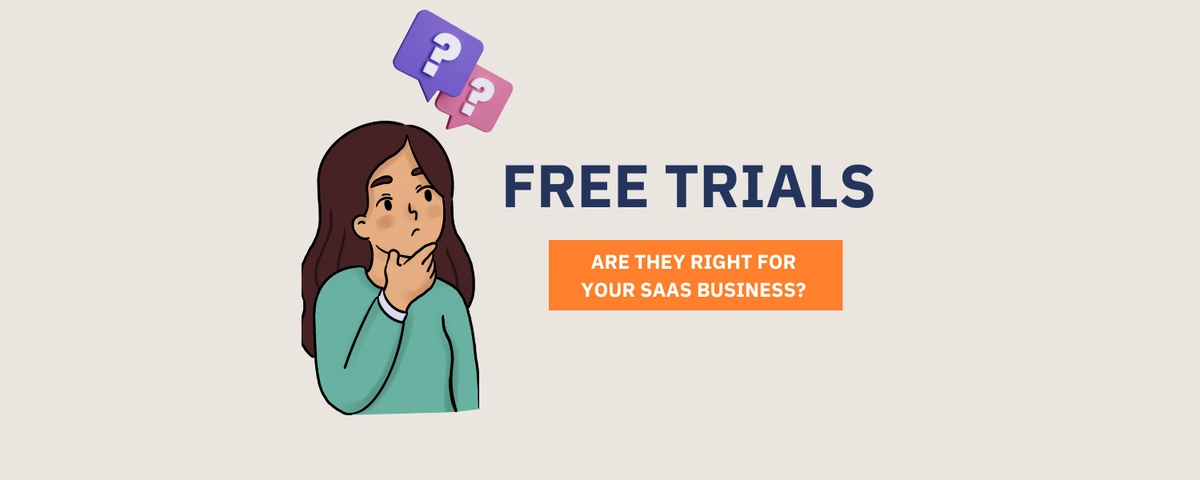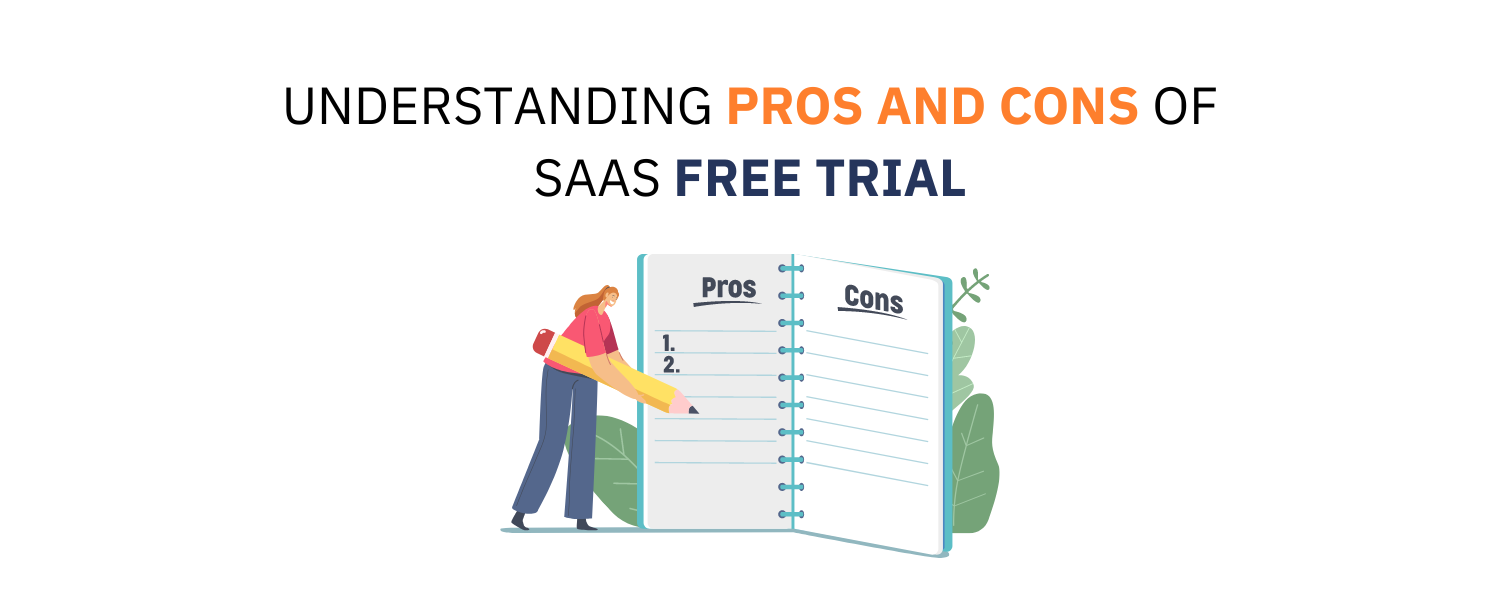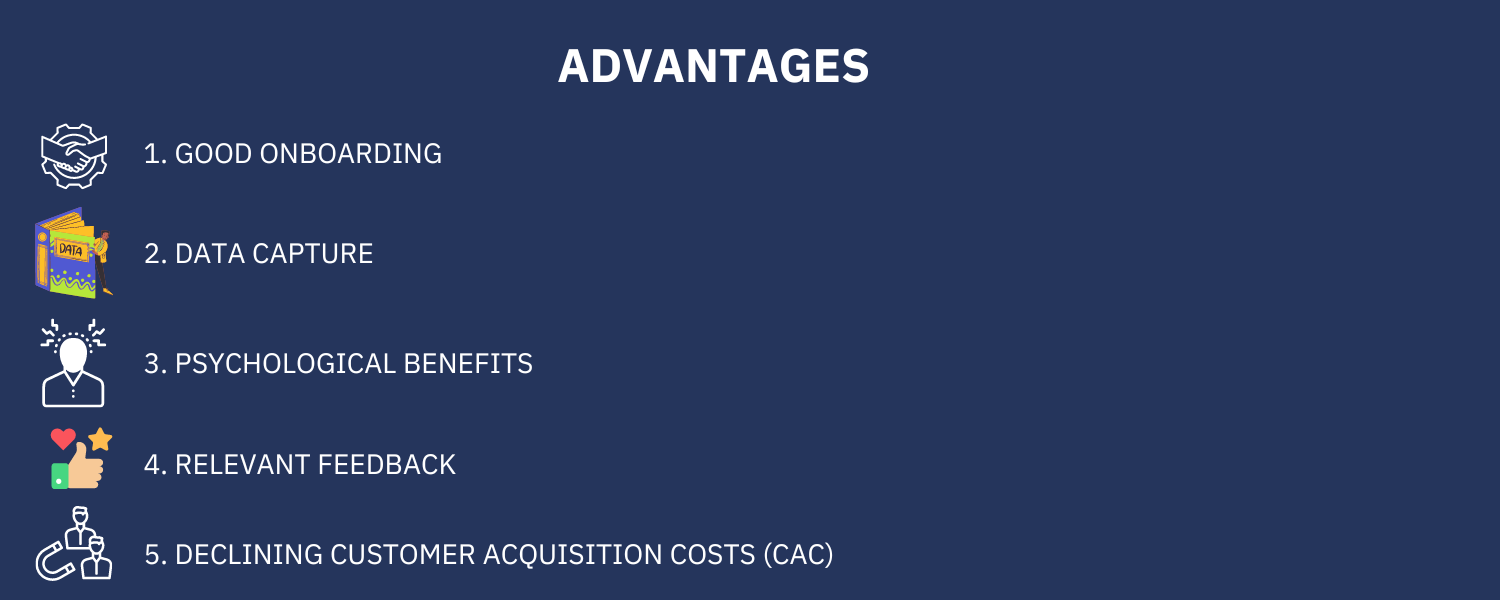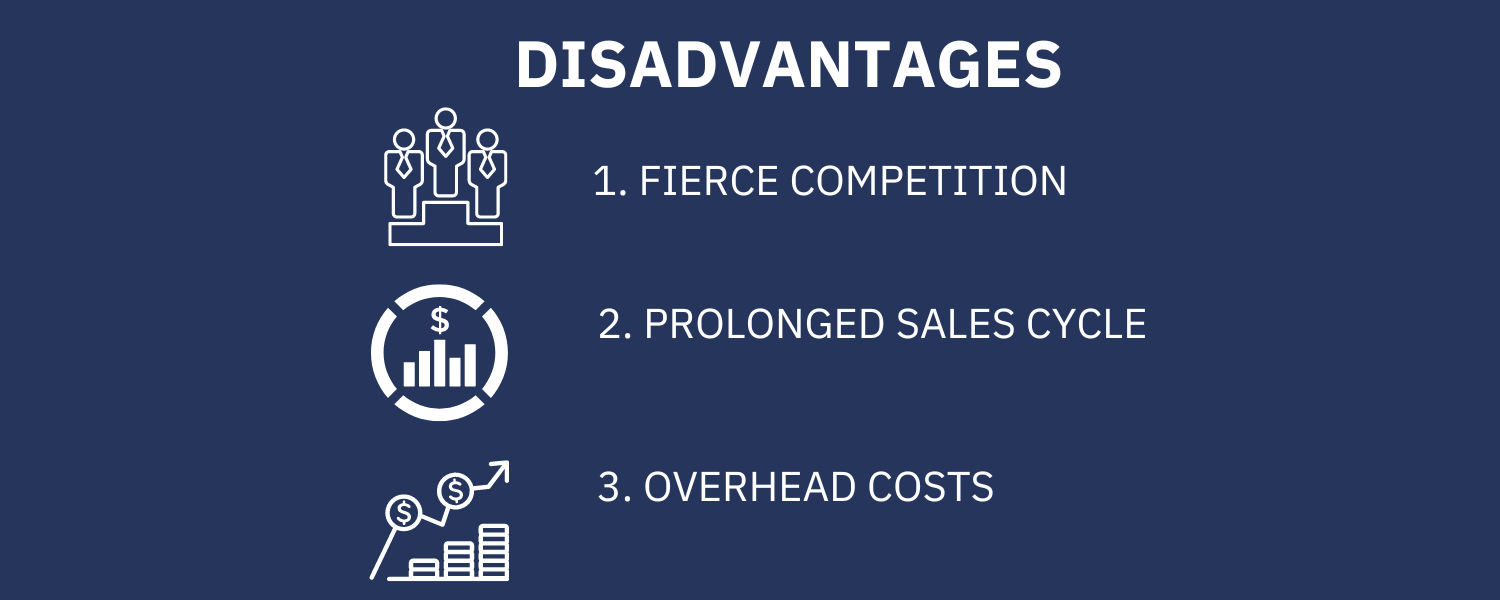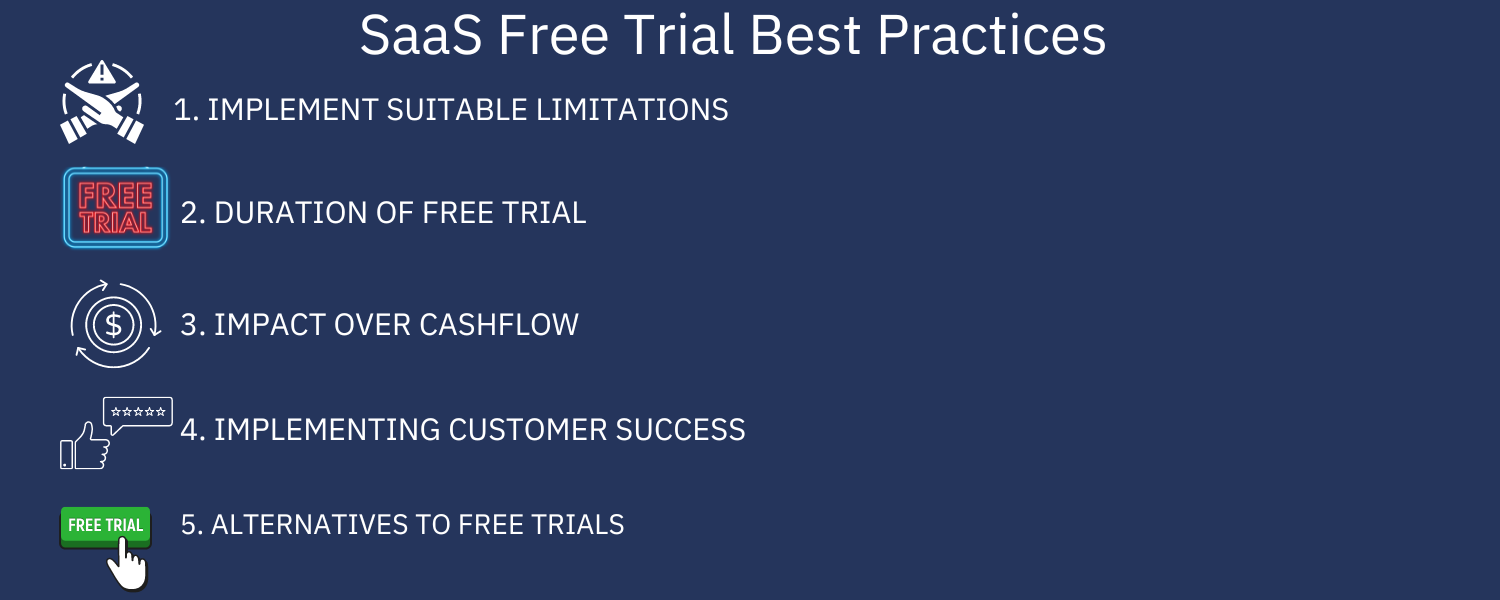A large percentage of SaaS organizations offer free trials to allow users to test their product for free. Free trials can benefit both parties because they allow your product to drive sales to your door, whilst also assisting users in seeing the value of the service and influencing their purchasing choice.
Whilst a SaaS free trial is known to be an efficient product-led acquisition strategy for most SaaS businesses, they aren't for everyone. So before introducing free trials to your product, there are a few things to think about.
In this post, we'll go over everything you need to know about free trials so you can decide whether they're suitable for your company.
What is a free trial?
A free trial gives users the opportunity to try out a product or service, for a limited period, for free. It gives users the ability to navigate around the product or service, and discover all of the features it has to offer. Free trials can be short, long, and even require a credit card, the choice is yours.
Free trials can be a concept that traditional SaaS organizations do not grasp. Why should people be able to take advantage of the service for free? Free trials offer a way of engaging and demonstrating value to your customers.
With free trials, your customers are able to see how your company can assist them in enhancing their life and determine whether or not to acquire your product or service.
Free trial Vs Freemium
Before we get into the benefits and drawbacks of free trials, it's essential to understand the distinction between free trial and freemium.
Some people confuse free trials and freemium plans to be the same. However, there's a big difference between them. With ‘freemium’ models, users are not time-bound like they are with most free trials.
The freemium business model also provides an entry-level plan for users with usually come with restricted features, whilst most free trials have all of the features of the premium plan to entice customers with the pricier option.
When deciding whether to adopt free trials or freemium models, the decision should be based on the intricacy of the product and how much information you want to share about your product and service with the public.
Both free trials and freemium models have advantages, and it's up to you to decide which is best for your product and business.
Understanding pros and cons of SaaS free trial
Although free trials are usually seen as a positive, they can also have a few drawbacks for companies. Let's take a look at the advantages and disadvantages of free trials.
Advantages
1. Good onboarding
Free trials are a great way to get users hooked on your product. This is because they let customers explore features and determine if your product or service will add value to them before paying for the entire package.
You can also jump into onboarding or support with ease during a customer’s free trial, increasing conversions in this process.
2. Data capture
Registering for a free trial involves the users' personal data - at the very least, an email address – allowing you to collect vital information from a large number of potentially interested customers. When capturing a potential users email address, you can add them to your mailing list automatically.
Furthermore, free trials collect more than mere personal data. You'll have access to a wide range of information, including usage habits and even the information of churned users. This information can help you find areas where your product and onboarding process can be improved.
3. Psychological benefits
Free trials show that you believe in the quality of your product. From a psychological perspective, this gives customer’s confidence in your product and service and encourages them to choose you.
Alongside this, free trials can have other psychological benefits to customers:
➢They instil a sense of ownership - the endowment effect, which states that we value things more strongly when we possess them.
➢They can provide a sense of urgency - loss aversion - because there is a limited amount of time, feelings of scarcity compel the decision, and consumers are more inclined to purchase if your value promises meet their expectations.
➢They help individuals overcome their fear of commitment by allowing them to see what they're losing out on without having to spend money.
4. Relevant feedback
Free trials, unlike product testing, are a terrific way to collect relevant feedback on your product because your intended customer group is already using it. As a result, free trials can be a clearer and more effective way to collect opinions on your product or service from your users.
You can send a quick survey to the consumer asking why they’re cancelling - in other words, how you can enhance your product or what you could've done better. If you already have a customer support team in contact with the user, this procedure could be a lot easier.
5. Declining customer acquisition costs (CAC)
Product-driven initiatives can help you lower your CAC significantly. Free trials use a moderate approach to client acquisition, allowing the product to handle the majority of the selling and marketing, resulting in a reduced CAC.
Disadvantage
1. Fierce competition
Free trials are so widespread these days that it's an acknowledged fact that there's intense competition. Slack, Dropbox, Zoom, and many more successful SaaS organisations have incorporated either SaaS free trials, freemium models, or both.
It's not enough to simply provide a free service; you must distinguish yourself. Make sure you're doing something unique or extra, such as giving incentives or freebies?
2. Prolonged sales cycle
Aside from expense and affordability, there's also the issue of inescapable churn. Many users will join up but have no intention of purchasing anything. This makes it more challenging to keep these consumers, extending the sales cycle.
Furthermore, free trial periods may not be long enough for a consumer to form a firm impression about the functionality and worth of your product. It may take a few tries to find the perfect spot to determine the length of your trial period.
3. Overhead costs
Even though a product-led acquisition strategy may have a lower CAC, the total overhead costs must always be considered. As previously stated, you must invest money to lure consumers to your free trial, and if your product is sophisticated, you will need effective onboarding and sales assistance.
Even if there are no actual product expenses, you must consider the data accumulated through usage. Do you have the ability to quickly process large amounts of data from free trial users? Will you be affected by lags? Conversion rates are likely to be affected if this is the case.
SaaS Free Trial Best Practices
Making free trials work for your SaaS company takes some forethought and strategy. You can utilize a variety of the following SaaS free trial best practices to make sure you're getting the most out of your business model:
1. Implement suitable limitations
The majority of free trial items include either a duration or a feature limit. It's referred to as a freemium model if your free trial has no time limit but instead has a feature or revenue generations limit. Many businesses have found success with freemium business models, but there are drawbacks that you need to consider.
2. Duration of free trial
One of the most critical aspects of your free trial is its duration. There is no right or wrong response to the duration question, with many free trials in the SaaS industry ranging from one week to being limitless.
Although 30-day or 1 month free trials are common, a shorter trial duration may be more advantageous. For example, if you provide a 2-week trial, you may be able to give potential clients a sense of urgency and prestige.
However, if your SaaS free trial service takes a lengthy onboarding procedure or more than 14 days to generate results, a shorter free trial period is unlikely to suffice. To get the best results, tailor the free trial to the product or service you're providing.
3. Impact over cashflow
When selecting a free trial, think about how it may affect your cash flow. If you give clients 30 days of total usage, the CAC will only begin to recover after that time.
You're unlikely to generate money in the first few months (payback period), but depending on your level of development, you may want the funds. If you're just getting started, consider giving users a demo of your product and then pushing them into a paid subscription once they grasp your value proposition.
To put it differently, not having a free trial can help you avoid future cash flow problems. But it’s vital to ensure it isn't lowering your conversion rates; otherwise, you'll lose money.
4. Implementing customer success
Customer success should be implemented during the free trial. To do so, you'll need to gain a thorough understanding of your consumers and what they're trying to accomplish. Then, after you've figured out who your users are, you can start tailoring your onboarding and marketing activities to them.
If your software is multi-purpose, for example, you may segment your customer base and tailor you’re marketing to each section. Your programme should assist users in performing better at a given task. You must demonstrate how.
5. Alternatives to free trials
It's okay if you don't think a free trial is ideal for your company. It isn't the sole method of acquiring clients; there are other free trial alternatives:
● Demos
Many businesses are now opting for demo scheduling instead of free trials. The fundamental concept is to communicate directly with customers in order to understand their wants and sell your product.
Your sales team's demos can significantly improve your results. Demos give you the opportunity to be prepared to illustrate to your leads how they can use their product and service to best suit them and they allow you to establish a personal connection with them. Many demos are done one-on-one.
Some businesses, on the other hand, choose to conduct demos via webinars and interactive films. This helps you to display your product to a large number of people at once. Although a subtle human touch can significantly boost your CAC, you may convert far more individuals than a free trial.
● Paid trials
You may charge your consumers money to use your programme for a trial period. It's the equivalent of asking for a credit card upfront. However, you could easily offer a lower rate for the first month to encourage customers to try out CPVs and maybe enjoy them.
When customers aren't happy with your service you could offer them their money back if you’ve used paid trials. This will lessen the entry barriers to your software, allowing more users to use it.
Key considerations before implementing a free trial
You must ask yourself the following questions in order for the free trial model to work:
● Is your free trial keeping your users engaged?
This is the most important question because the main motivation behind offering a free trial is converting free trial consumers into paying clients. From onboarding through assistance, you must maintain constant engagement with your users, from a well- designed user experience to a quality products summary to swift follow-up and end-of- trial letters. Onboarding is a continuous procedure.
● Can your company handle a large number of users?
Instant assistance during product trials is essential, and the demand for it grows as the number of potential customers grows. To address support needs, your company should either have a self-service capacity or support/sales personnel. If either is missing, you may want to reconsider implementing a free trial.
There's no doubting the success of a well-planned free trial if your answers to the above questions are satisfactory. Implementation involves deciding the type of free trial you may give and the length of your trial, which will necessitate significant testing. And doing this on your own could be time-consuming and challenging.
With Billsby, you can easily manage your SaaS free trials and assure smooth execution with sophisticated and easy-to-integrate billing software that can help you set up one-click trial extensions, trial-ending alerts, smart drip marketing, and much more.
Conclusion
To summarize, it’s essential for you to understand your clients and the sales process better before introducing a free trial. Is it reasonable to provide them with a SaaS free trial? Free trials area always beneficial, but you need to make sure your business will benefit in the right way.

